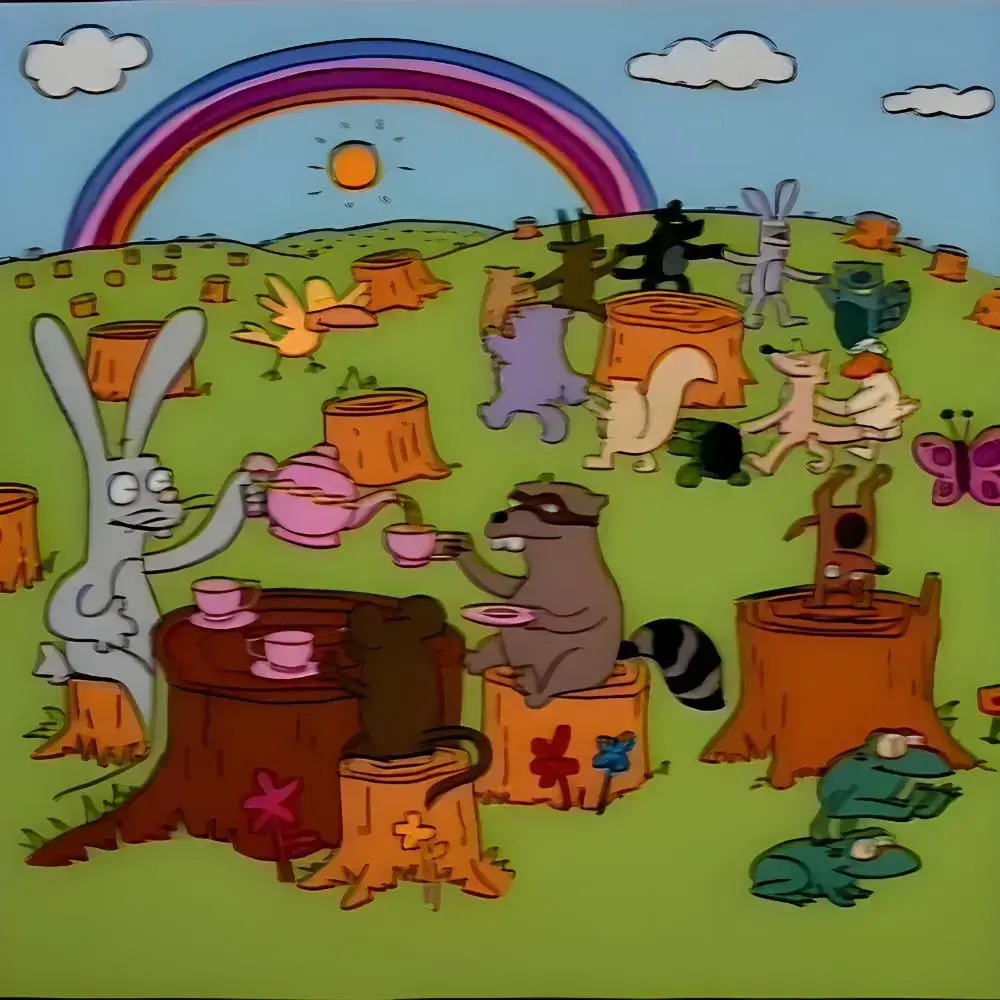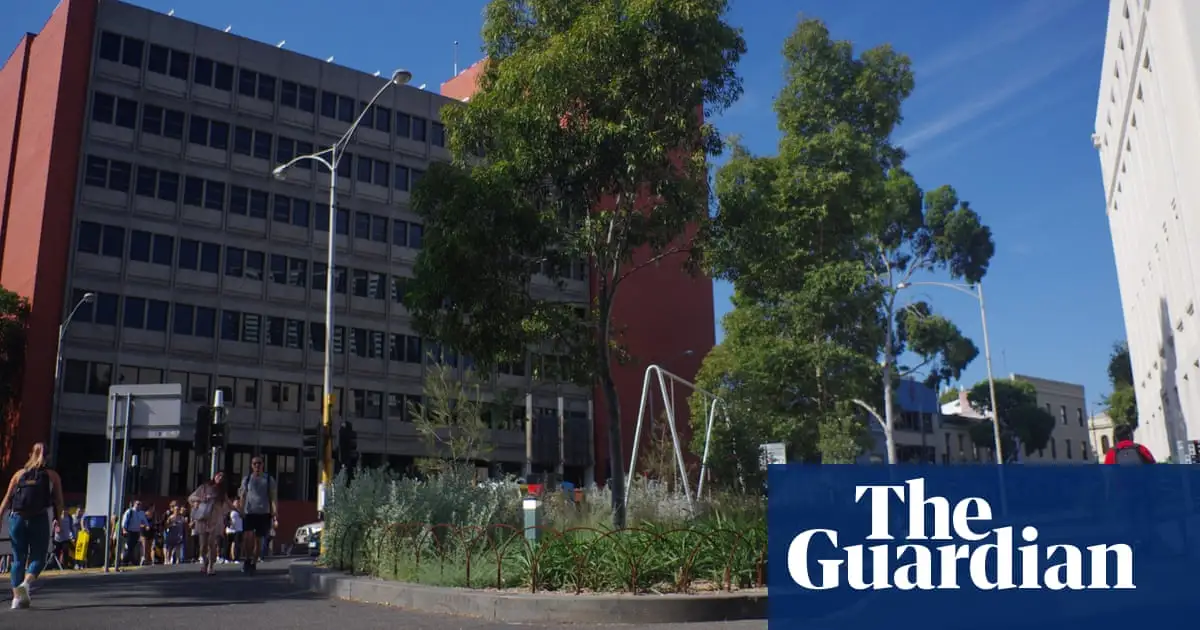Increasing the diversity of native plants in a single urban green space resulted in a sevenfold increase in the number of insect species after three years, Australian researchers have found.
Researchers measured baseline insect numbers the year before greening began, when 12 indigenous plant species were introduced to the space, and subsequently conducted insect surveys for the following three years.
The researchers estimated that by the final year of the study there were about 7.3 times more insect species than originally present, even though only nine plant species remained.
The researchers concluded that the study contributed a “Critical evidence base to support future greening projects and the practice, policy and decision-making for protecting nature in urban environments”.
“We really need to do a better job valuing small, isolated green spaces,” said Prof Dieter Hochuli of the University of Sydney, who was not involved in the study.
Other research in urban green spaces has linked sites with flowering plants to greater insect biodiversity compared to sites with non-flowering plants.
Increasing access to green and blue spaces and ensuring biodiversity-inclusive urban planning was agreed as one of the targets of the Cop15 summit last year.


